Baseball is a nuanced game and its video game form is no different. One advantage we have in the video game world is adjusting settings to get the most of our respective abilities. Arguably the most difficult aspect of MLB The Show is mastering hitting. There’s a lot that goes into this from finding the right camera angle to thumbstick extensions and beyond. We’re going to talk about the best hitting settings in MLB The Show 23 and help you get the most out of your time in the batter’s box. These settings are geared for the competitive gameplay style in online head-to-head.
Best Hitting Settings In MLB The Show 23
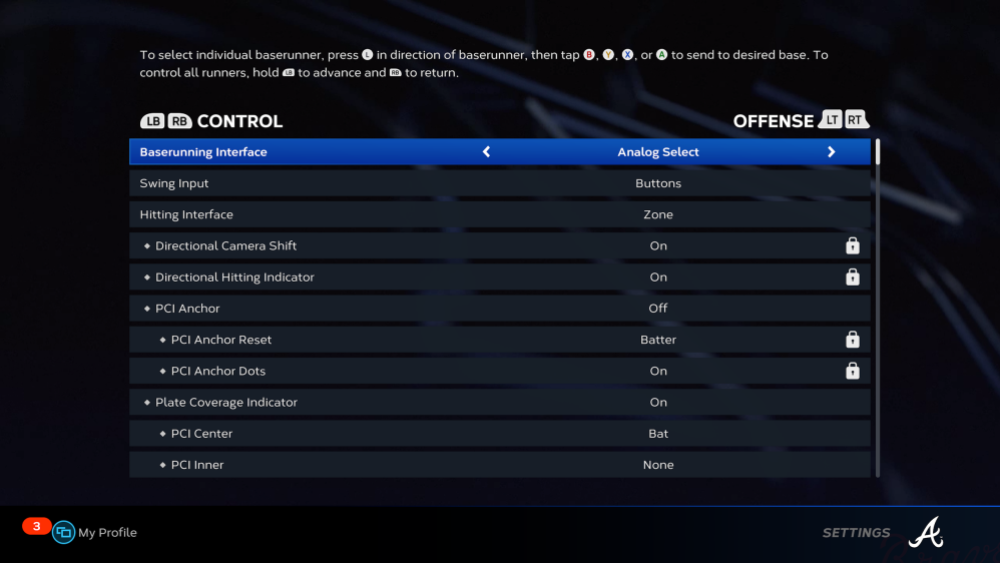
Hitting Interface And Input
Off the rip, the absolute best hitting interface in MLB The Show is Zone hitting. This gives you control of the PCI (Plate Coverage Indicator), which means you have total control of your hitter’s swing path and timing. If you prefer Directional Hitting or Timing, that’s perfectly fine! Those settings are more dependent on the player’s attributes and do not take user input into account nearly as much as Zone. That’s why Zone is the go-to option for competitive players online. So for offline folks who want a more sim-based experience, Directional and Timing are perfectly reasonable options to utilize. It’s a tough world in the online sphere so having the most control of your inputs is vital to success.
Another component of Zone hitting is using buttons or analog flick/stride. This will come down more to user preference but I, like most, utilize buttons for swing input. It’s as simple as it sounds — you just press a button to time your swings. Most of your work is going to be moving the PCI around to square up the ball, so having a simple button press is mighty convenient.
PCI Anchor
You’ll also have the option of using the PCI Anchor. This component is only available for Zone users and simply allows you to lock your PCI into a quadrant around the strike zone. You can use the Free option to place your anchor anywhere in the strike zone or Preset to lock into one of the nine quadrants of the strike zone.
I personally do not use PCI Anchor. I think there can be great value in using it and experimenting, but I prefer having my stick reset to middle-middle. I bounce the PCI around the zone and tap it for timing, so using the anchor makes me feel restricted. Even with the ability to place it anywhere in the zone, I simply prefer that quick reset to middle-middle to blast any hanging off-speed pitches or errant fastballs down the middle. Using the anchor doesn’t prevent these meatballs from being mashed, but I have found myself being under or over meatballs using the anchor more than I’d like. I might experiment more this year but ultimately I don’t use the feature.
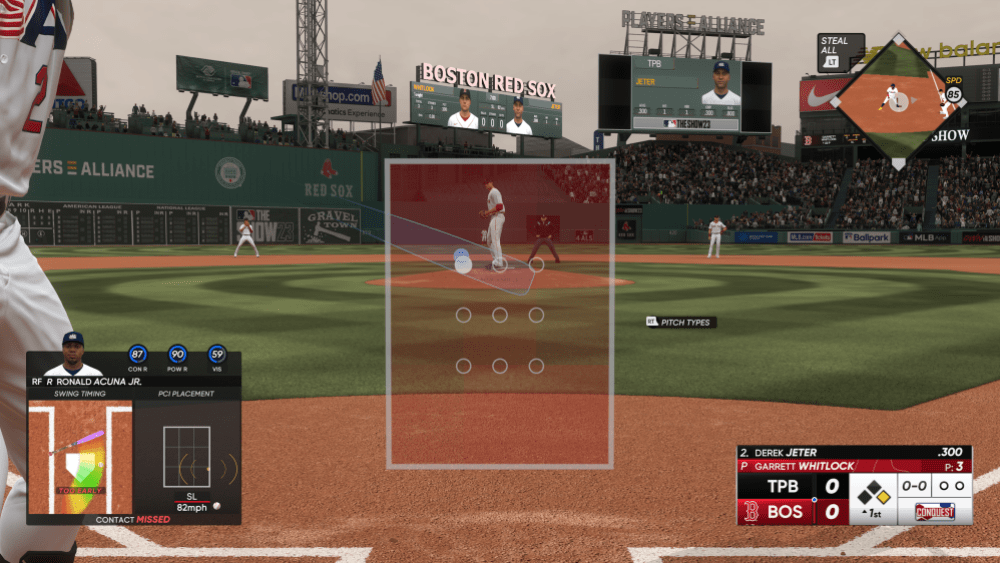
If you’re looking to use it, one approach I’d recommend is placing the anchor in an area you struggle to get your PCI to. For example, if the up-and-in sinker is giving you fits, then set your anchor in that spot and freely move your PCI around the rest of the zone. If you read the sinker heading to that spot, let go of the stick and the PCI will reset to that anchored point up-and-in. This might alleviate some of your struggles with specific pitches in specific locations.
Overall, the PCI Anchor is simply a tool to be utilized as you see fit. Perhaps you won’t find use for it like me, or maybe you’ll take full advantage of having that quick snap to a location you struggle hitting. One really cool addition in MLB The Show 23 is the ability to lock the anchor reset for an entire game. Last year, the anchor reset with every single batter, which made it quite annoying to constantly reset. This factored in to me abandoning the feature on top of just not wanting to use it. More options are always better so this might be a better way to use the feature. You can also turn the dots on or off depending on if you want to see them in the strike zone.
Plate Coverage Indicator (PCI)
We’ve talked about this a lot already but there are some deeper customization options for the PCI. For starters, you can choose to completely turn the PCI off. The best way to think about the PCI is as a reticule. So imagine you’re playing a first-person shooter — the PCI is the crosshairs. There’s plenty of people who subscribe to the school of thought that firing blindly would be a terrible strategic decision. Seeing exactly where you’re aiming will almost always yield better results. However, there’s something more natural about turning the PCI off and I do it from time to time throughout the season.
It feels more like actually hitting to me and I love it for that reason. You have to rely on feel way more than using the PCI and it can be quite challenging to do so. However, there’s something massively enjoyable to going without the PCI and I recommend everyone give it a shot. I often change settings up if I’m struggling, and one way I get my timing and eye recalibrated is by turning the PCI off for a while. Once I feel like I’m back on the ball, I’ll turn the PCI back on to give me a bit more of an edge as I can see my PCI placement perfectly on top of the recalibrated timing and reads.
One reason I’m excited to continue to have the PCI on is the new Bat PCI center. Your whole PCI is made up of a center, inner, and outer display. The center showcases the sweet spot of your swing and this year can be represented by a bat. If you square the ball up within the center, chances are you’re going to hit the ball very hard and most likely net a positive outcome. Next to the bat, I prefer the circles option as a baseball is a circle and you’re simply matching up two similar shapes.
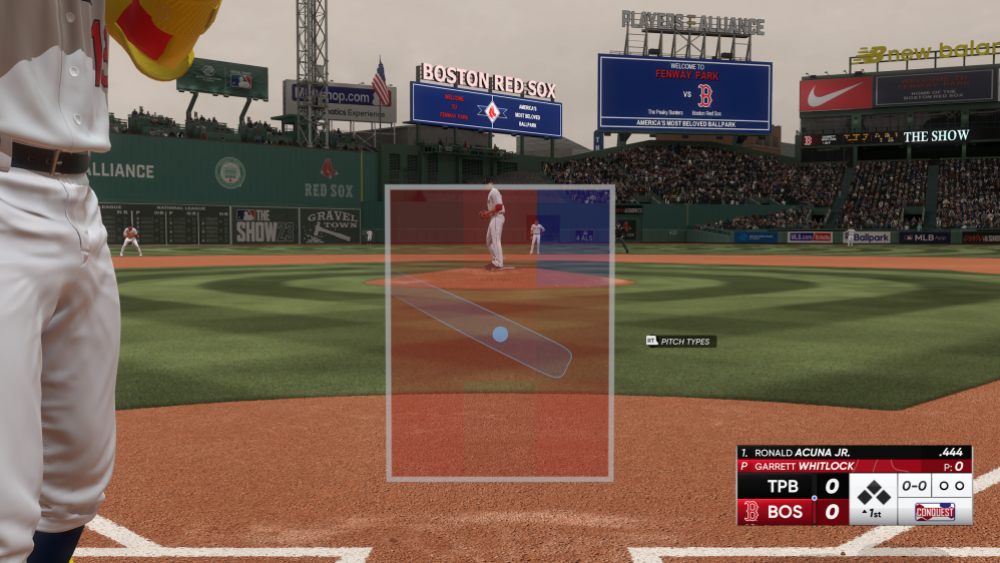
The inner PCI basically represents the boundaries for a decent swing. While the center represents the ultimate sweet spot, the inner is basically the zone that can produce solid contact. I personally have this turned off with the advent of the bat center, but I always went with the basic inner PCI as it was a simple shape.
PCI outer represents the total vision of the hitter. This part of the PCI has often led to a ton of foul balls and extended at-bats, and for that reason, I’ve always had it turned off out of pure spite. I also don’t find it to be that efficient as it’s basically representing an area that will offer up weak contact. We’re aiming for the center or at least the inner portion of the PCI. I don’t want to be squaring up balls within the outer portion so I have it turned off. Besides, it’s kind of ugly and just more action on the screen when you’re trying to concentrate on the pitch.
The color of your PCI is entirely your decision. I’m using Ocean because I think it’s pretty and it’s topical considering I often feel like drowning while I’m hitting. If I can give any “practical” advice on color, it’s to use white or black. A white PCI might help your eyes as you’re simply trying to match up colors. A black PCI might do the opposite for you, with a contrast with the baseball making it easier to line your PCI up. These are anecdotal and backed up by absolutely no science.
I also have my PCI Transparency set to 70%. Again, this is entirely up to the individual and dependent on your eyes. I don’t like the PCI to be too bright or too minimal. This transparency feels right to me as I can see the PCI clearly but I don’t feel like I’m watching the PCI. That’s a struggle I had with 100% transparency — it felt like I was watching the PCI and not the ball.
You can also choose to have your PCI fade away by enabling PCI Fadeout. I have this set to None as it defeats the purpose of even having the PCI on. As someone who’s a fan of turning the PCI completely off, I haven’t yet found any value in setting the PCI to fade. Keep in mind, however, that you can set various components of the PCI (center, inner, and outer) to fade in different combinations. Experiment with this option and perhaps you’ll find something you enjoy.
Camera Angle And Display

We can’t talk about the best hitting settings in MLB The Show 23 without mentioning camera angles. This is a subject that I went more in-depth on here. Basically, finding the right camera angle for hitting depends on your eyes and reaction times. You also have to personally factor in if seeing full batting stances matters to you or not. I recommend using the Strike Zone camera angle, especially if you’re playing online with a serious drive to play well.
Another option you have to customize your hitting experience is the strike zone and hot zones. You can turn these off if you choose but I prefer keeping them on. Clean screen players most likely have these turned completely off, allowing the gameplay to feel more true to a real baseball broadcast. I like having these on for two reasons. For one, it reminds me of MVP Baseball and that will always be a win in my book. Beyond that, it shows you the boundaries of the zone and simply allows your eye to train on the edges. That might not sound important, but when you have two strikes on you in a key at-bat, having the strike zone in front of you allows you to visualize the zone as the pitch is delivered. I’d have killed to have this advantage when I played baseball so I use it to my advantage on the virtual diamond.
Controller And Add-Ons
Thumbstick extensions like KontrolFreek have long been used by Show players. I have limited experience using these as I’m an Xbox player that has an Xbox Elite Series 2 controller, which means I have multiple extensions I can swap around. What I can speak to is the type of “feel” I prefer on the sticks.
For my left stick, I use the extended stick included with the Elite S2 controller. This is essentially the same thing as using an add-on and allows a more precise movement around the strike zone for hitting. Another cool feature of the Elite controllers is the use of the Accessories application on Xbox to tune your controller’s settings. I have my left stick set to the following settings:
- Assignment – Primary
- Sensitivity curve – Smooth
- Curve adjustment – max (all the way to the right)
- Calculation – True diagonals
Keeping in mind I often change settings if I slump, this is my baseline controller setting. The PCI simply feels way smoother while hitting and moving around the zone. The best part about this controller and app combination is the ability to change it on the fly. The best hitting settings in MLB The Show 23 in conjunction with a solid controller will undoubtedly give you an edge.
Monitor/TV
Last but not least, the display you’re playing on will make a huge difference with your hitting. When I started playing Diamond Dynasty in 2019, I was playing on a TV that was about 6 years old at that point. It had a “game” input that reduced input lag, but it wasn’t exactly the best available option. Then I read online that using a gaming monitor would give you a huge advantage on the sticks and boy was that the absolute truth. Having a solid monitor with healthy refresh rates and minimal input lag (anything under 5 ms with 1 ms typically the best) will help you swing the stick better than someone playing on a television with poor input lag. I put this option last as lots of people might not have the ability to buy a decked out gaming monitor just to hit a virtual baseball better.
The truth is that it makes a world of difference. If you calibrate your above settings and get some practice and repetition in, you’ll definitely improve your hitting within MLB The Show. If you get to a point where you’re able to upgrade your monitor in addition to those other settings, you’ll be mashing in no time. I’m making no recommendations for anyone to spend money here — I’m simply highlighting the difference a good monitor can make.
And there we have the best hitting settings in MLB The Show 23. What setting configuration do you use and why?


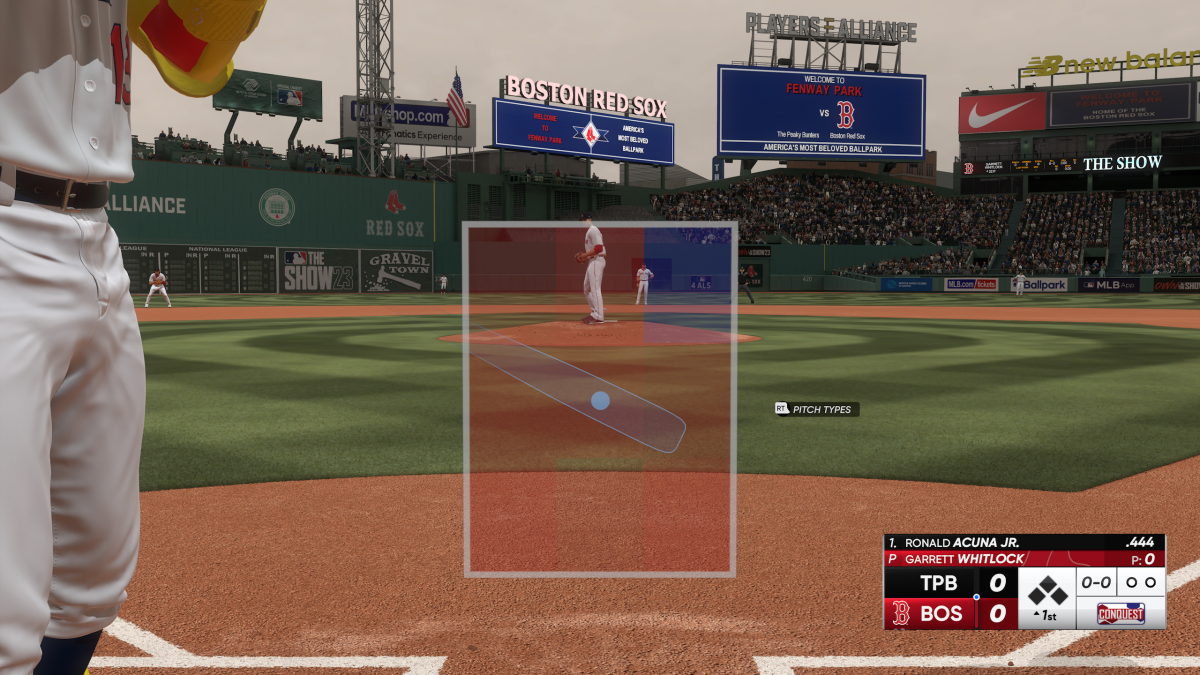
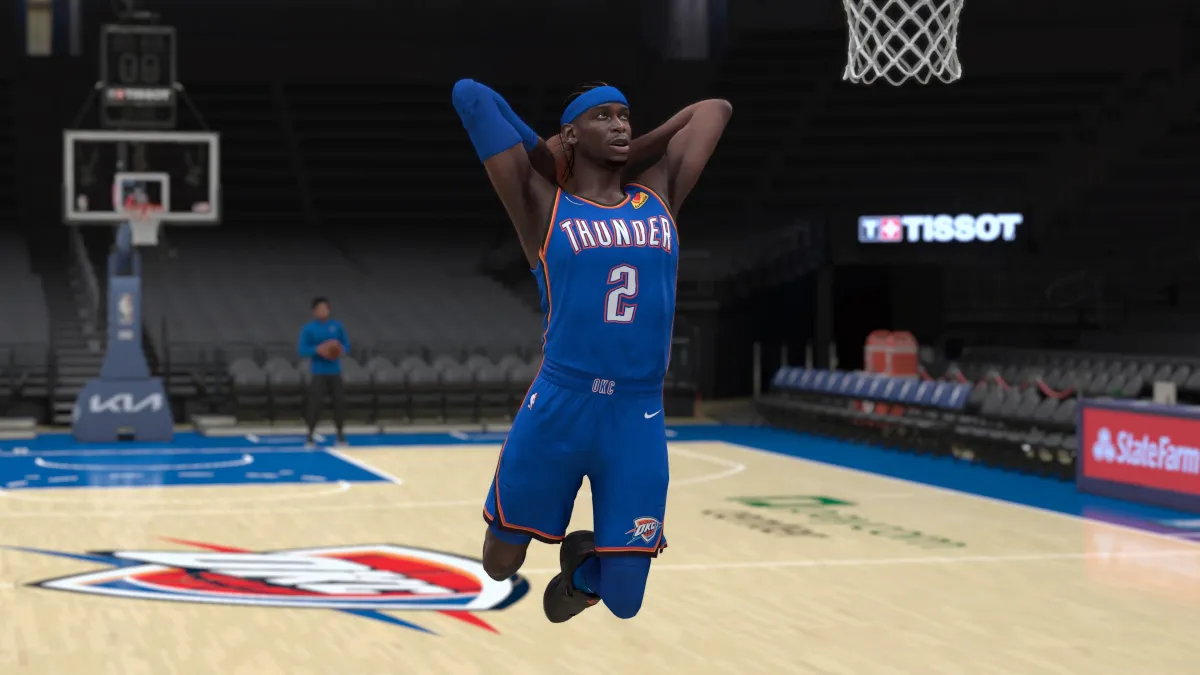
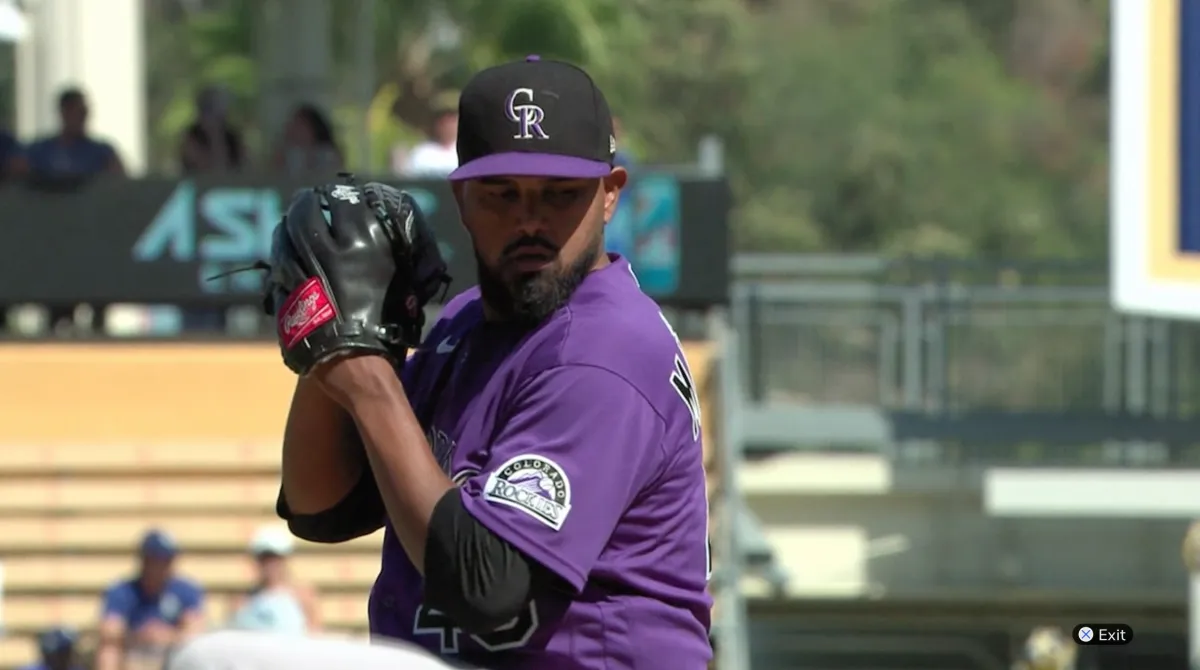
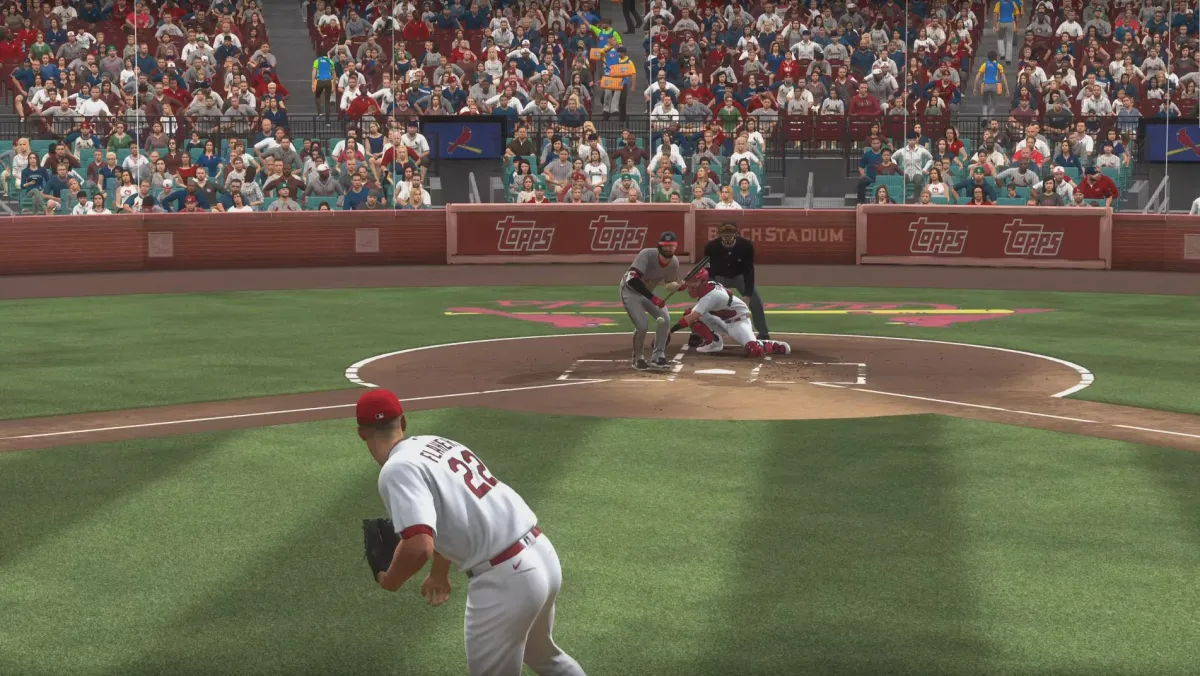
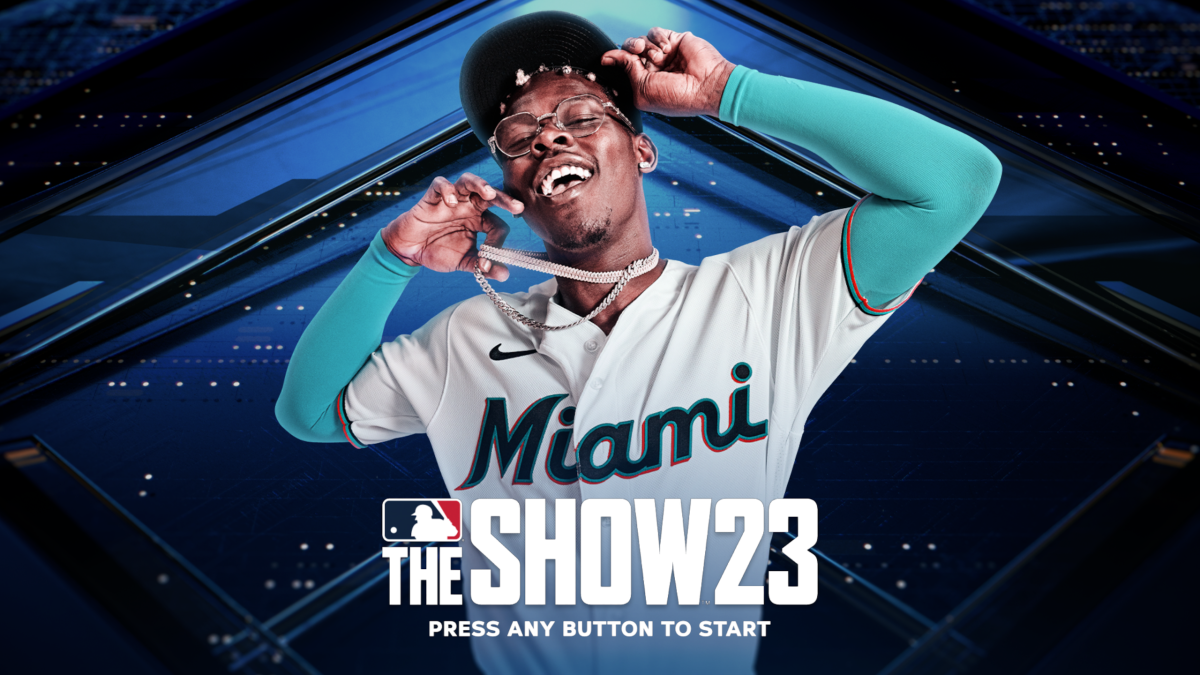
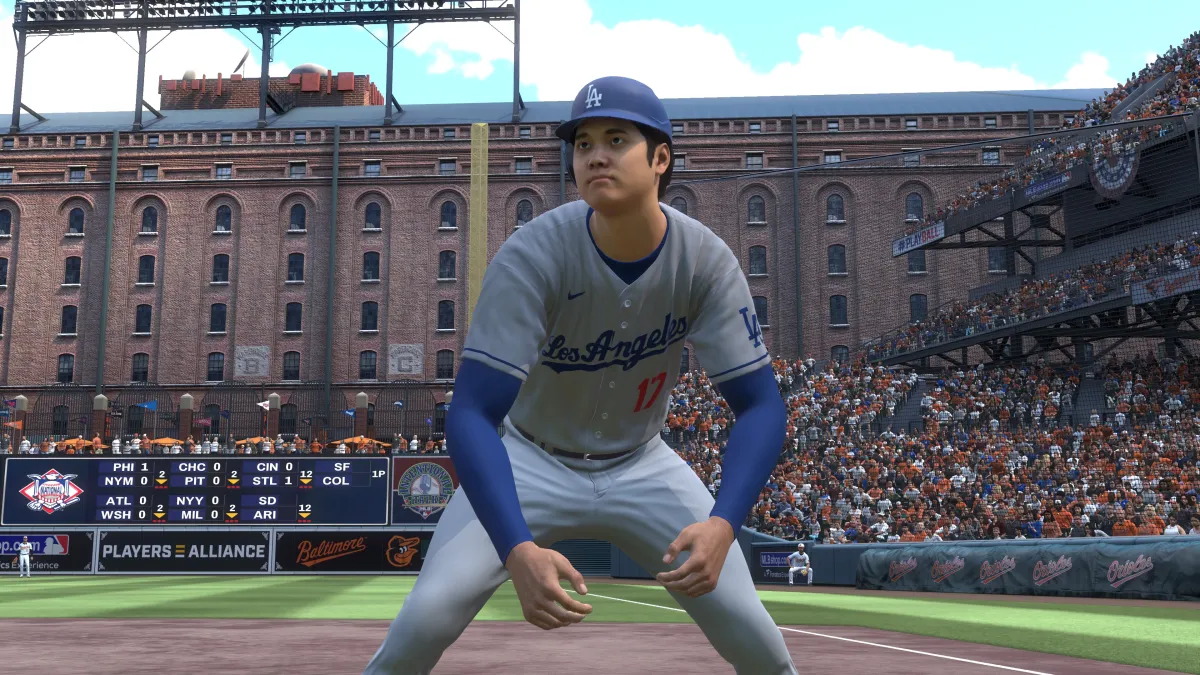

Published: Mar 24, 2023 09:00 am